Hint: they are all space rocks. But, there are some differences. The biggest difference between an asteroid and a comet, for example, is what they are made of.
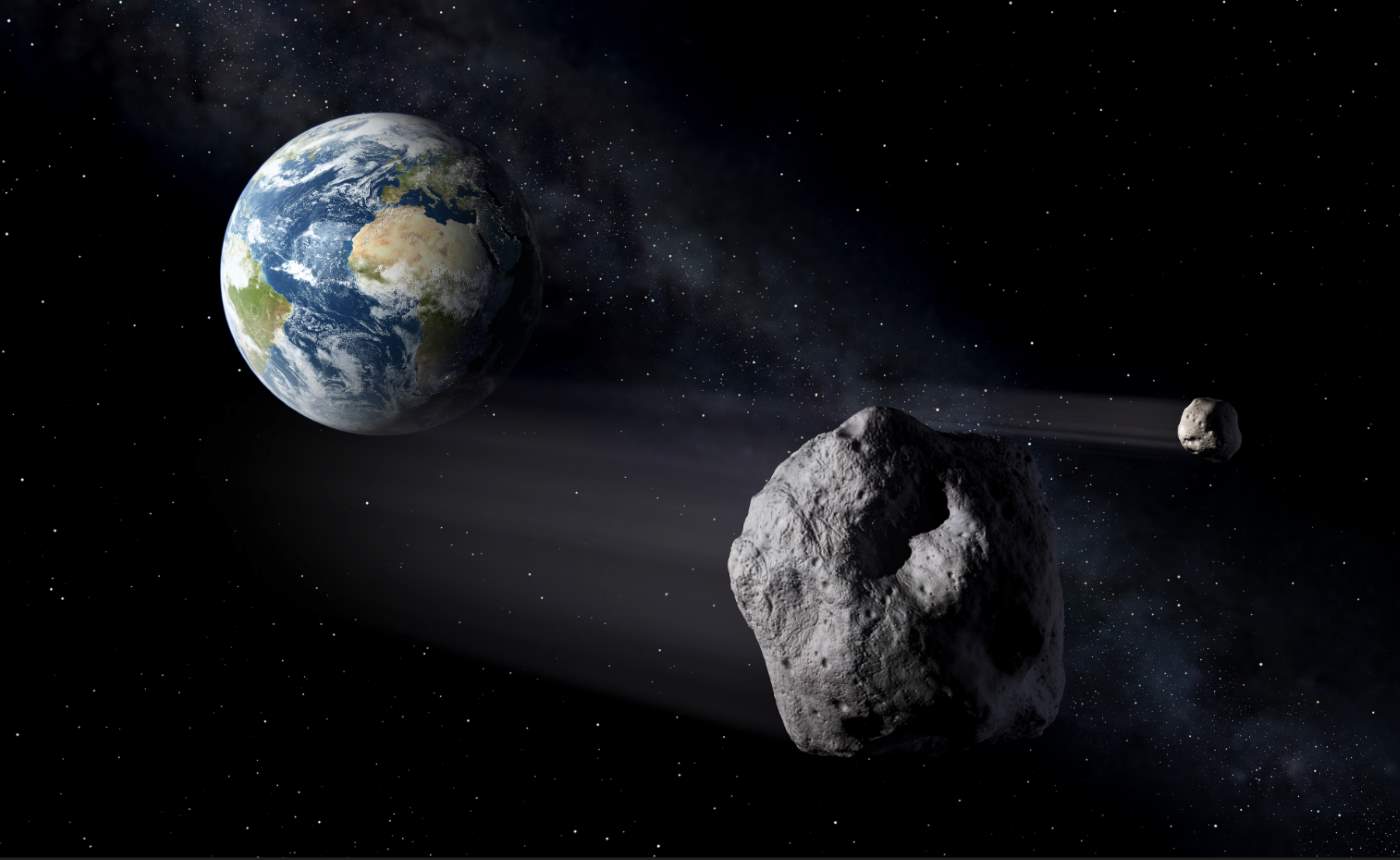

Hint: they are all space rocks. But, there are some differences. The biggest difference between an asteroid and a comet, for example, is what they are made of.
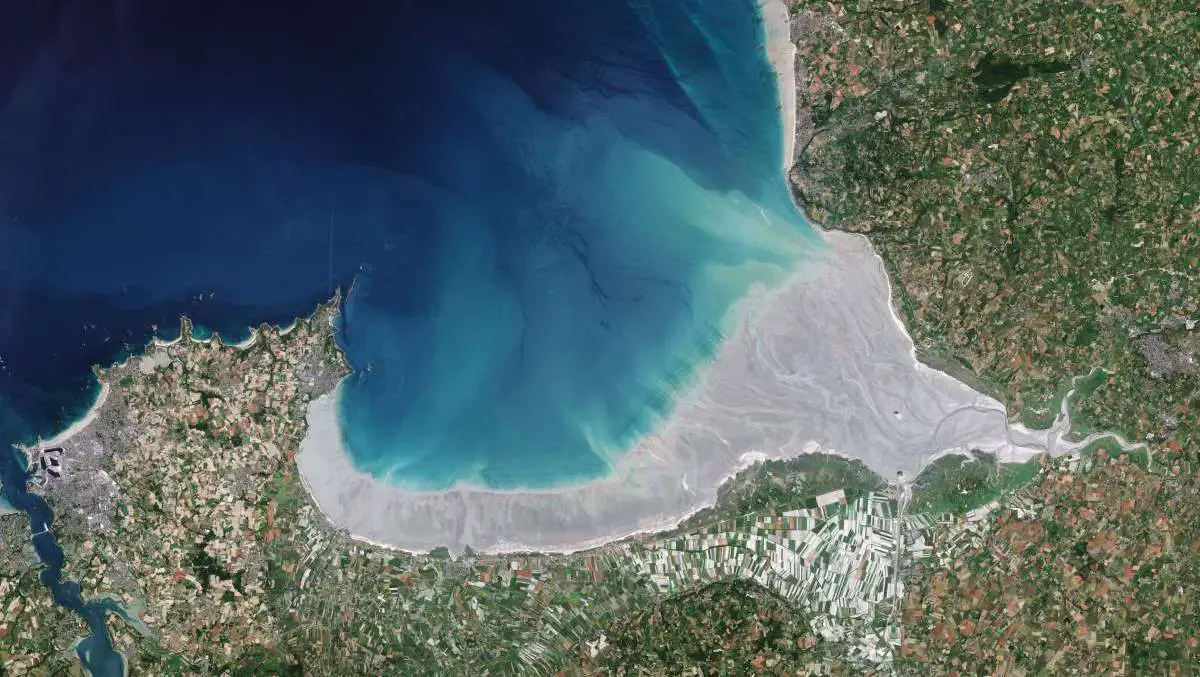
The European Space Agency (ESA) occasionally posts high-resolution photos of space under the title of “week in images”. This amazing image of the Mont Saint-Michel from space, which was captured on 21 June 2017, is also featured on the ESA’s Earth from Space video programme, presented by Kelsea Brennan-Wessels from the ESA Web-TV virtual studios.

If we limit global warming to 1.5°C rather than 2°C above the pre-industrial levels by the year 2100, the impacts of climate change would be much less dramatic, a new study says. According to the researchers, for vertebrates and plants, the number of species losing more than half their geographic range by 2100 will be halved when warming is limited to 1.5°C, compared with projected losses at 2°C. It would be even better for insects, the most diverse group of animals on Earth: the number is reduced by two-thirds.
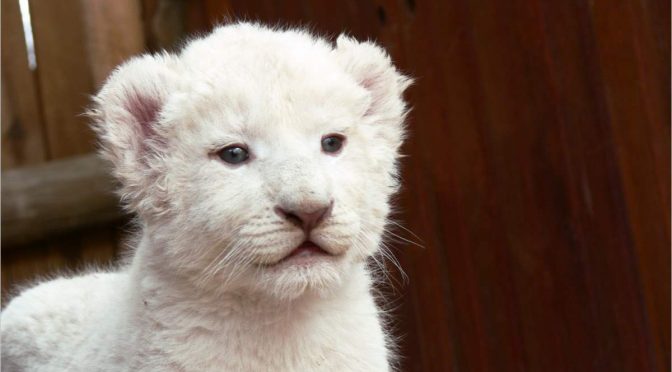
43% of Americans would be more likely to donate to an endangered animal if it was cute, according to a study titled “Selective Sympathy: Comparing Sentiment Toward the Appearance of Endangered Species” published by African Wildlife Foundation (AWF). A team at AWF has surveyed 1k Americans on how much they know about wildlife conservation, and how much they’re willing to open their wallets to help endangered animals. Here’s what they found.
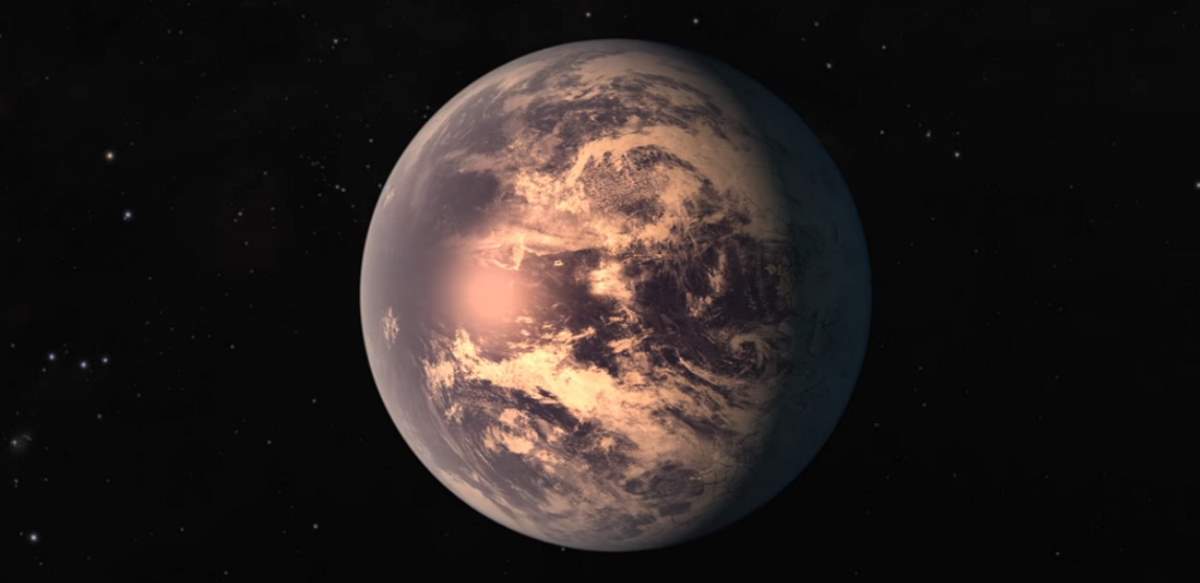
A new study published on April 26, 2018, suggests that TRAPPIST-1e, an exoplanet orbiting the red dwarf star TRAPPIST-1, has a large iron core. This could mean that the planet TRAPPIST-1e may have a protective magnetosphere (see notes 1) as we have here on Earth.
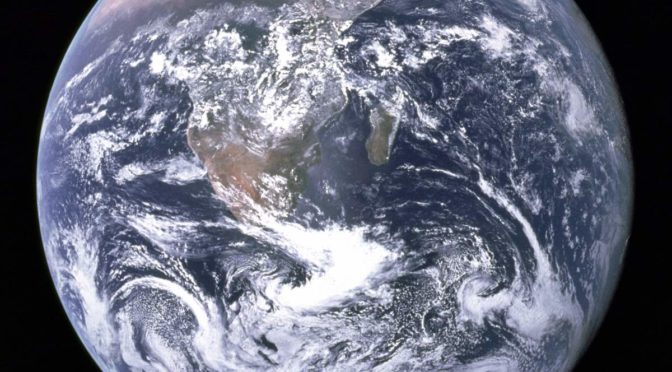
The dynamics of the ocean and the atmosphere are strongly influenced by the Earth’s rotation. Currently, our planet rotates from west to east (prograde, which appears counterclockwise) with a linear velocity of 465.1013 m/s (1674.365 km/h or 1040.40 mph) at the equator. What would happen if the Earth started spinning backward (from east to west)?
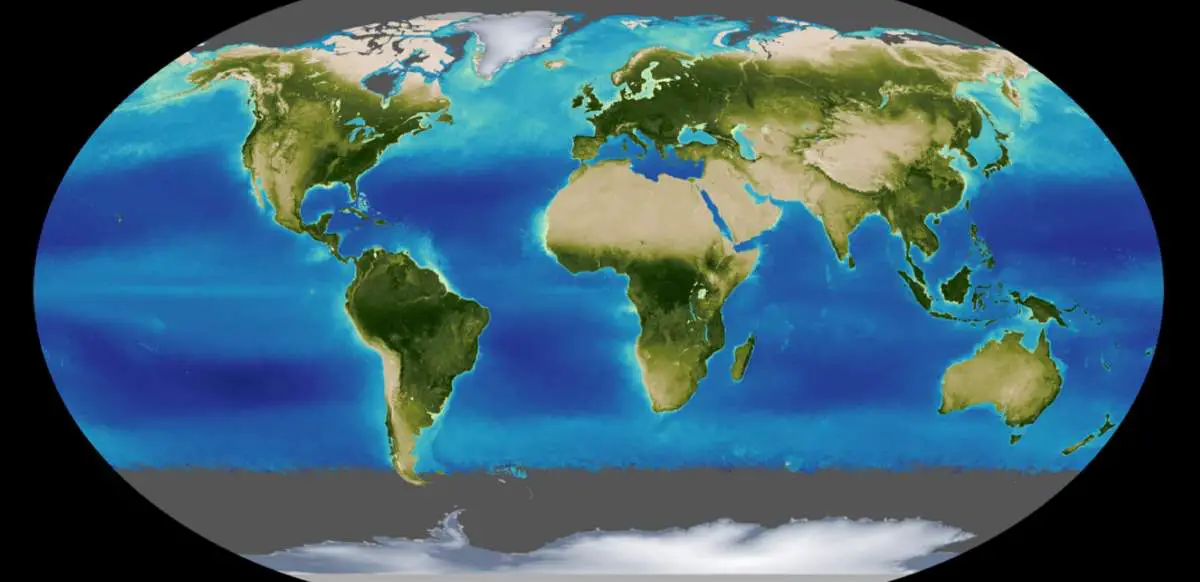
NASA has published a video titled “Earth’s Biosphere: The Green Marble”, showing the monthly averages of land greenness (vegetation) and ocean chlorophyll. You can watch how the primary producers (plants and phytoplankton) transform the Earth’s landmasses and oceans over 12 months.
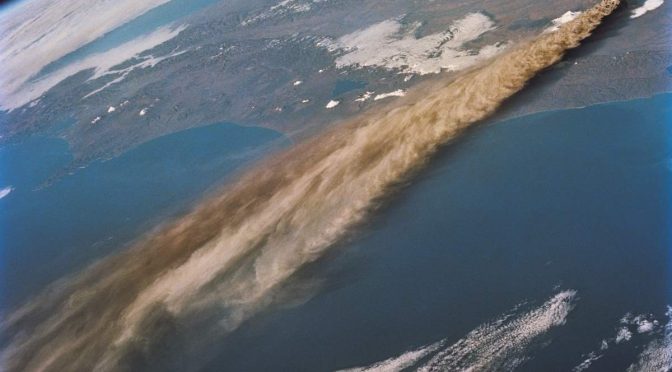
During the STS-68 mission (September 30-October 11, 1994), the crew members of Space Shuttle Endeavour used a 70 mm camera to photograph Klyuchevskaya Sopka (also known as Kliuchevskoi), a stratovolcano, the highest mountain on the Kamchatka Peninsula of Russia and the highest active volcano of Eurasia. The eruption was new when this photo was taken. It was photographed from 115 nautical miles (213 kilometers) above Earth.
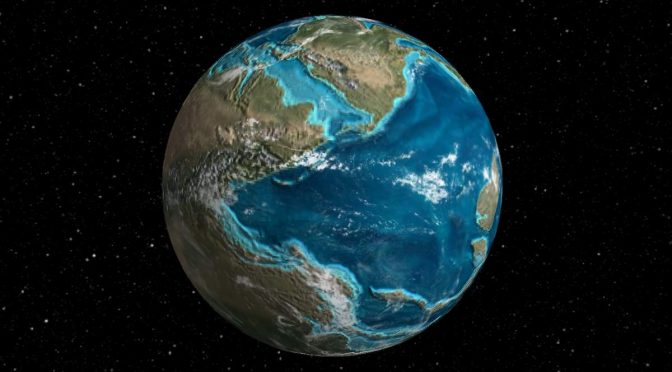
I stumbled upon an amazing web page showing what did ancient Earth look like. On the “Dinosaur Pictures and Facts” web page (dinosaurpictures.org), there’s also an interactive animation. On this page, you can either select the years (i.e. 600 million years ago) or jump to a particular event (i.e. first multicellular life) and see how ancient Earth did look like then. You can also remove the clouds and stop the Earth’s rotation if you want to.
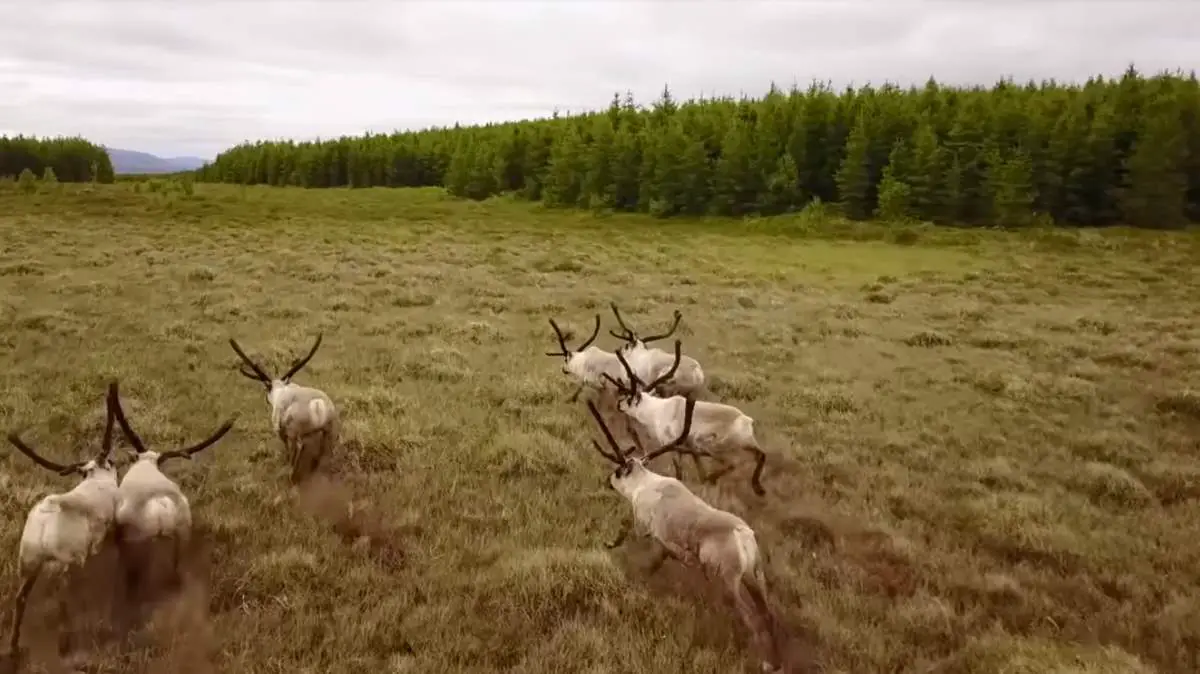
Iceland was extensively forested when it was first settled. When the Vikings first arrived in the 9th century, the Nordic island was covered in 25 to 40 percent forest, compared to 1% in the present day. In the late 12th century, Ari the Wise (Ari Thorgilsson, 1067-1148 AD), Iceland’s most prominent medieval chronicler, described it in the Íslendingabók (Book of Icelanders (see notes 1) as “forested from mountain to seashore”.